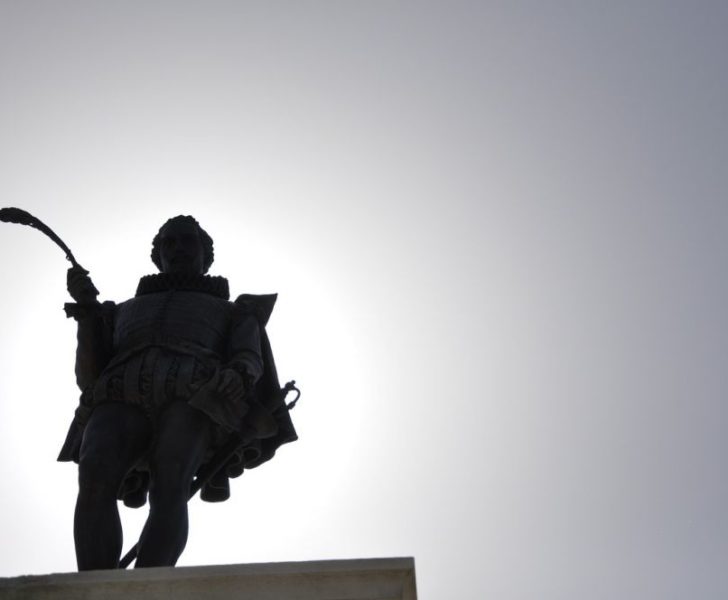Edgar Allan Poes The Raven: A Haunting Masterpiece

Introduction:
Edgar Allan Poe’s poem “The Raven” is a timeless masterpiece that has captivated readers for generations. With its mystical allure and haunting themes, this work of literature has become one of Poe’s most well-known and celebrated creations. In this article, we will delve into the depths of this iconic poem, discussing its significance, historical context, and evolution over time.
I.
Understanding “The Raven”

:
“The Raven” was first published in 1845 and tells the story of a narrator’s descent into madness following the death of his beloved Lenore. The poem is known for its eerie atmosphere, repetition of the word “nevermore,” and the mysterious presence of a black raven that serves as a symbol of death and sorrow. Through rich symbolism and vivid imagery, Poe explores themes of grief, loss, and the never-ending torment of the human soul.
– The narrator’s obsession with the raven
: The raven represents a haunting reminder of mortality and the narrator’s inability to move on from his loss.
– The significance of the word “nevermore”
: The repetition of “nevermore” throughout the poem emphasizes the narrator’s despair and hopelessness, forever trapped in a cycle of sorrow.
– The eerie atmosphere
: Poe’s masterful use of language and vivid descriptions creates a chilling atmosphere, heightening the sense of melancholy and dread.
II.
Historical Development of “The Raven”
:
“The Raven” quickly gained popularity upon its publication and has since become one of Poe’s most well-known works. Its impact on literature and popular culture is undeniable, with numerous adaptations, references, and parodies over the years.
– Initial reception and critical acclaim
: “The Raven” was met with mixed reviews upon its release, with some praising its poetic brilliance while others accused it of being melodramatic. Despite the initial criticism, the poem’s popularity soared, and it garnered widespread acclaim.
– Influence on American and European literature
: “The Raven” had a profound impact on both American and European literature. Its dark themes, innovative use of language, and exploration of the human psyche influenced countless poets and writers in the years to come.
– Adaptations and cultural references
: Over time, “The Raven” has inspired numerous adaptations, including theatrical performances, films, and even a Simpsons parody. This enduring legacy speaks to the poem’s lasting cultural significance.
III. Featured Snippet Potential: A Structured Approac
To maximize the chances of this article appearing as a featured snippet in Google search results, we have structured the content accordingly:
Understanding “The Raven”
– The narrator’s obsession with the raven
– The significance of the word “nevermore”
– The eerie atmosphere
Historical Development of “The Raven”
– Initial reception and critical acclaim
– Influence on American and European literature
– Adaptations and cultural references
IV. Conclusion:
Edgar Allan Poe’s “The Raven” remains a haunting and enigmatic work of art that continues to enthrall readers today. Its exploration of grief, loss, and the human condition strikes a chord with audiences, transcending time and place. As we unravel the layers of symbolism and delve into the depths of the narrator’s despair, we are reminded of the enduring power of Poe’s words and the legacy he has left behind.
Informativ, the tone of voice: The tone throughout this article will remain informative, providing readers with a comprehensive understanding of the significance and historical context of “The Raven.”











